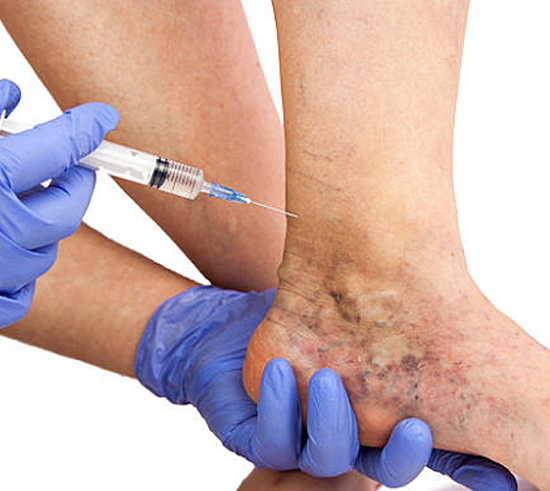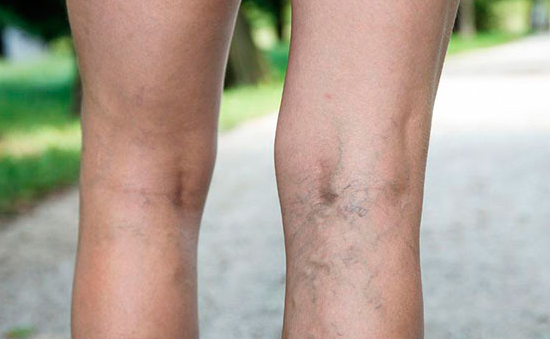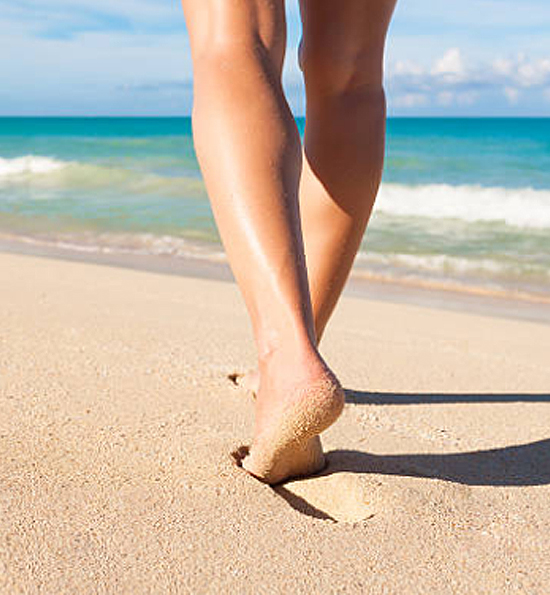Many Manhattan residents are affected by varicose veins. Your veins become weaker as you age. As the valves in your veins lose strength, blood pools instead of making its way back to your heart. The result? Swollen, painful veins that you want to know how to get rid of. Varicose veins do not disappear on their own.
Varicose veins may cause no pain or put you in a lot of discomfort. They also change the appearance of your legs, possibly making you self-conscious. Whether you’re wondering how to prevent varicose veins for cosmetic reasons, or how to get rid of varicose veins for health reasons, injection sclerotherapy for varicose veins may be the answer.




